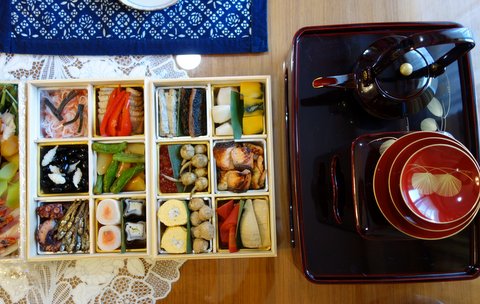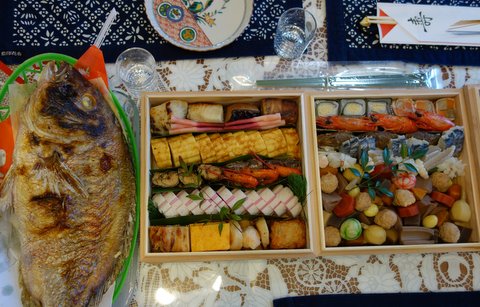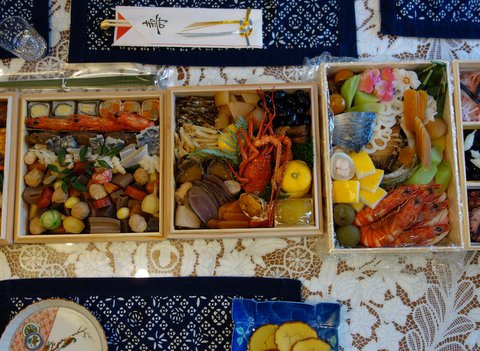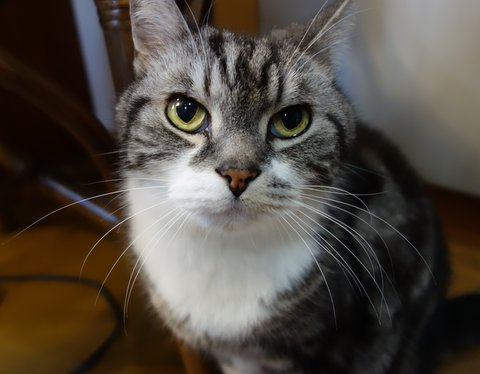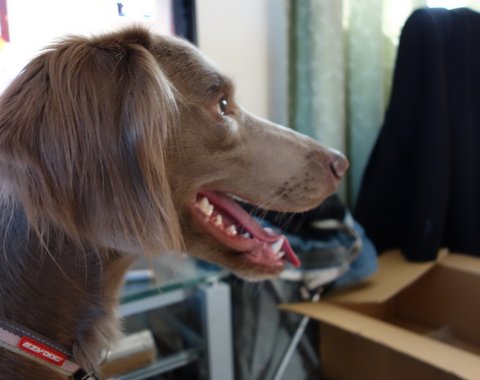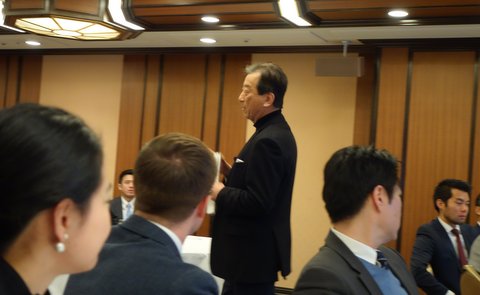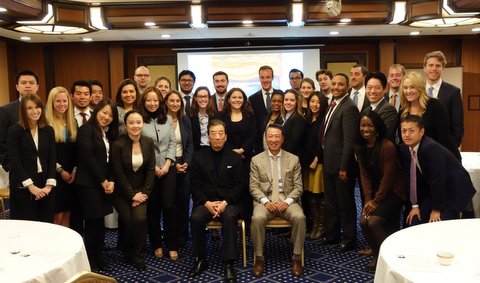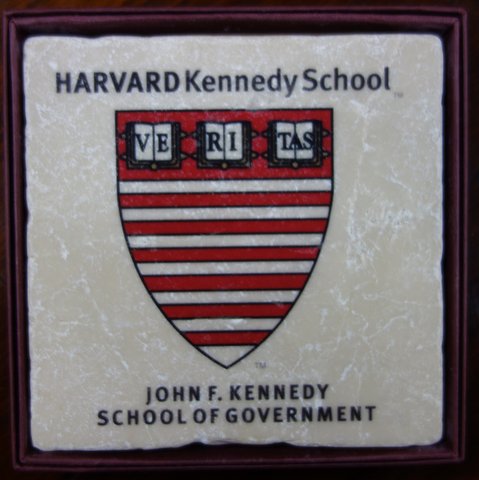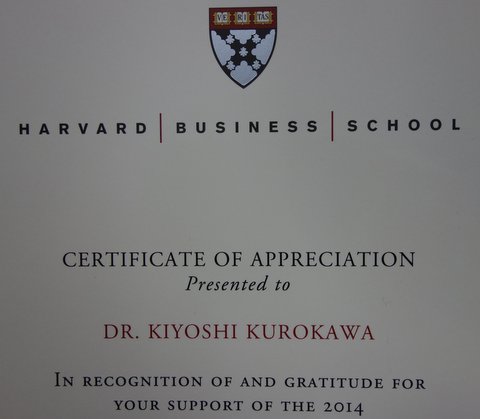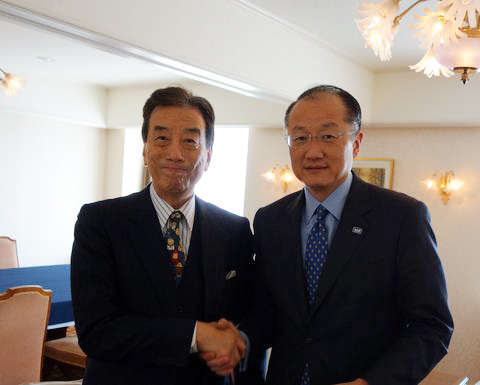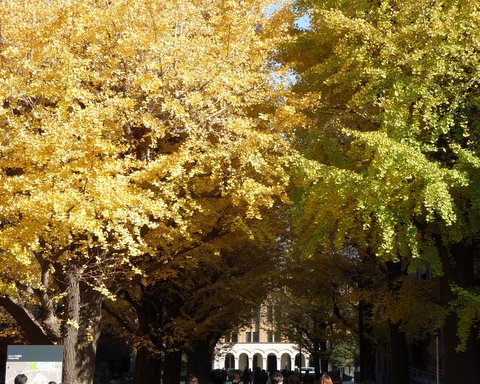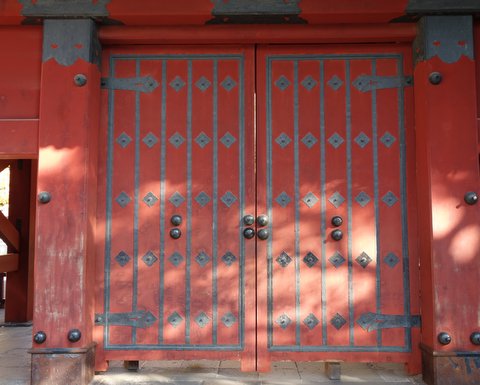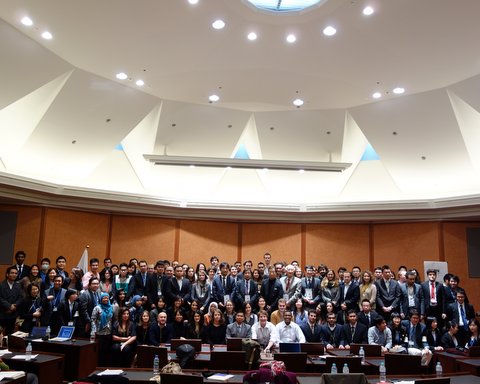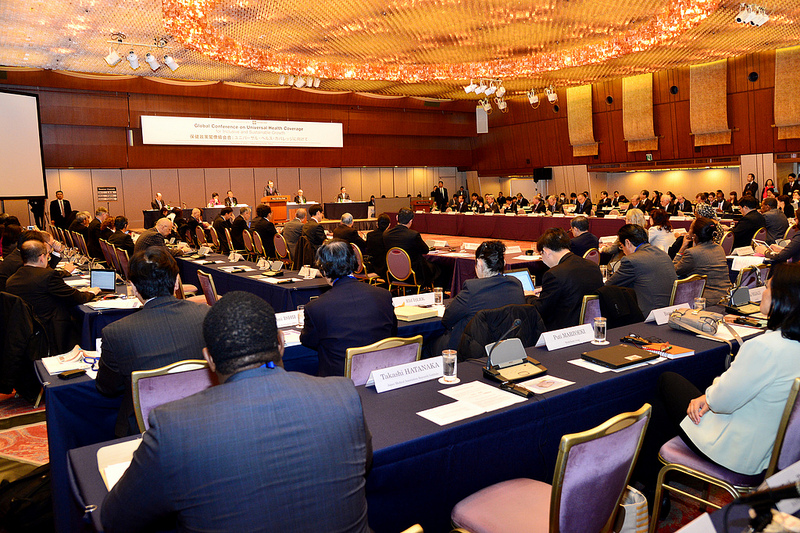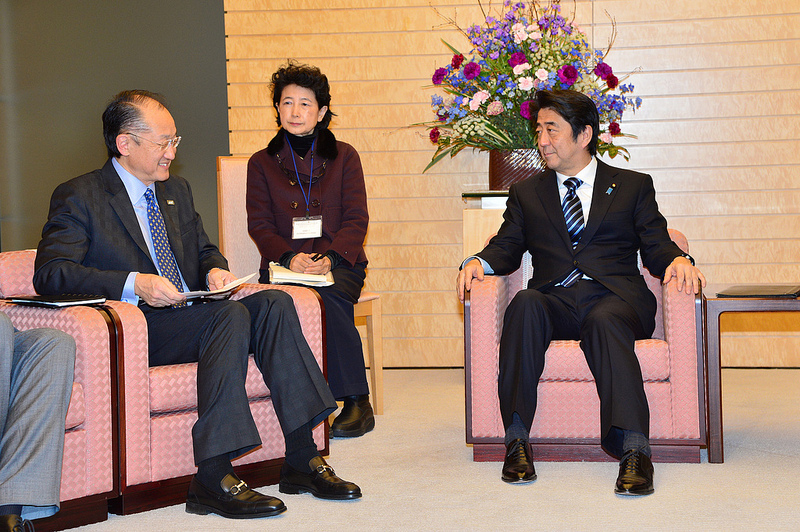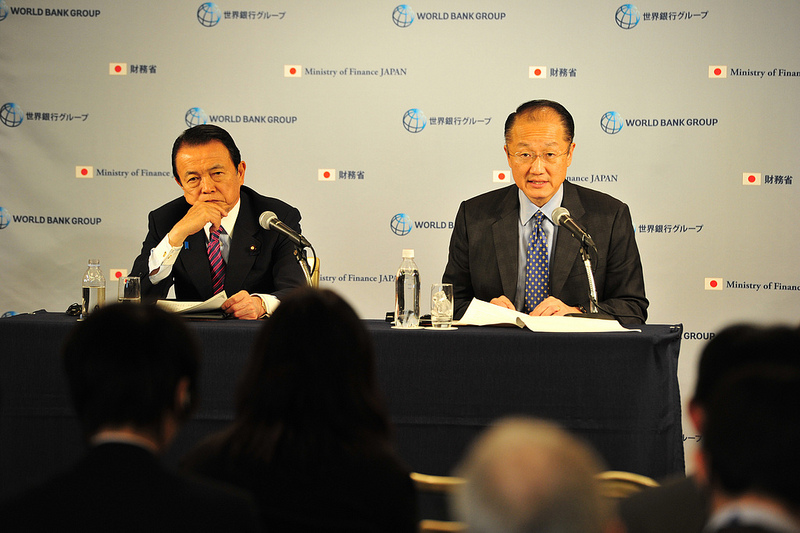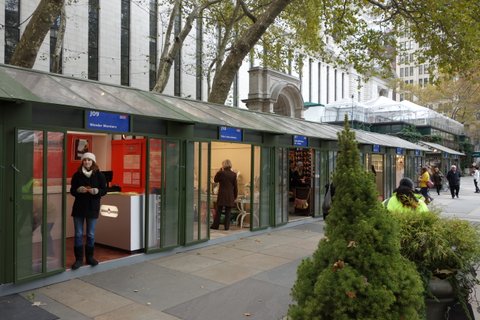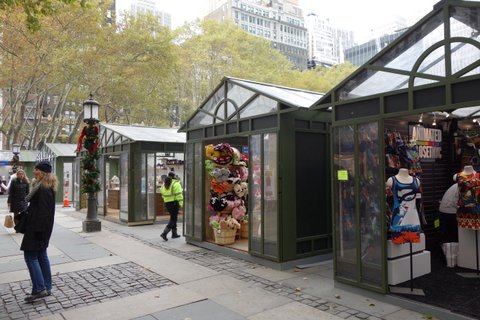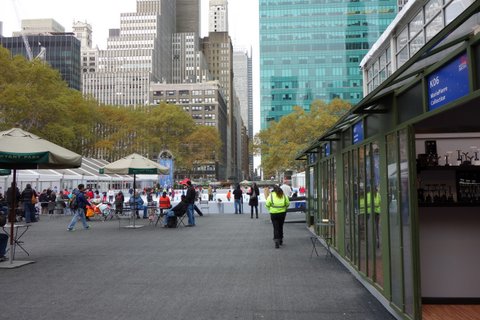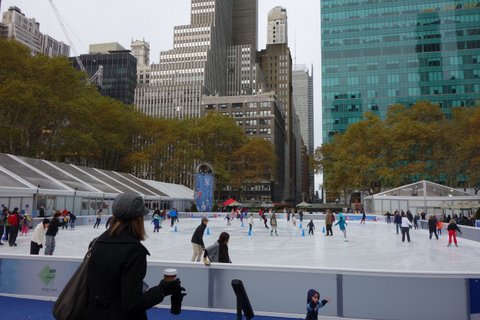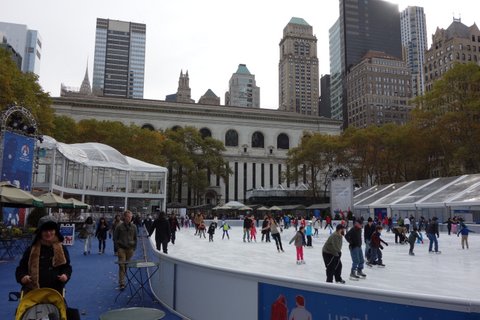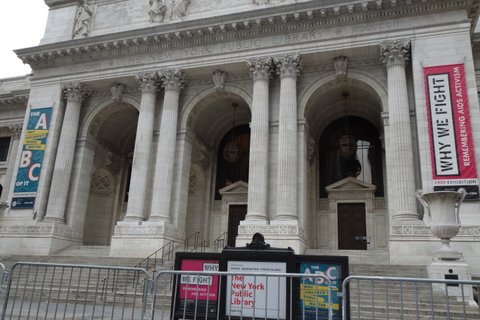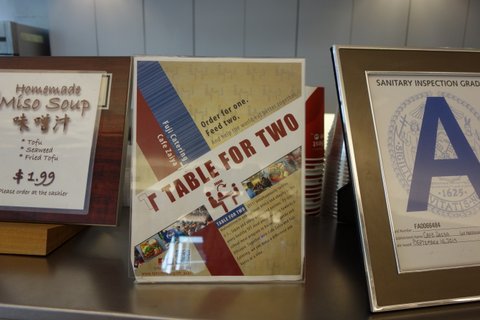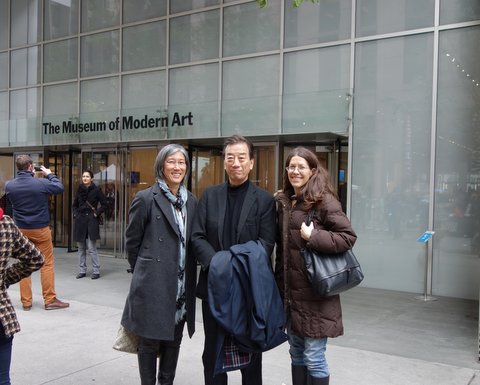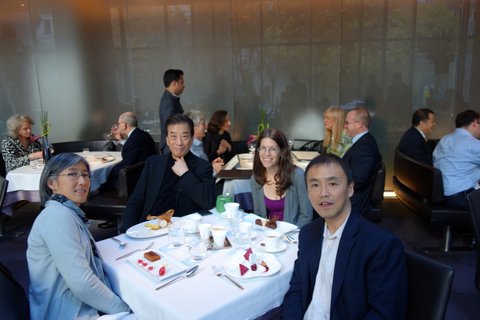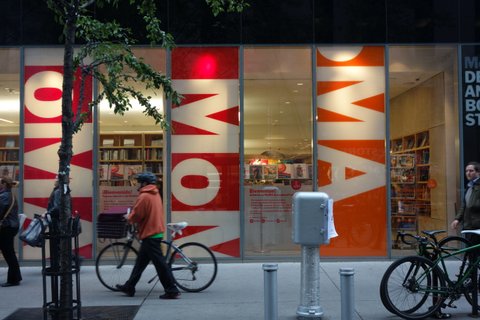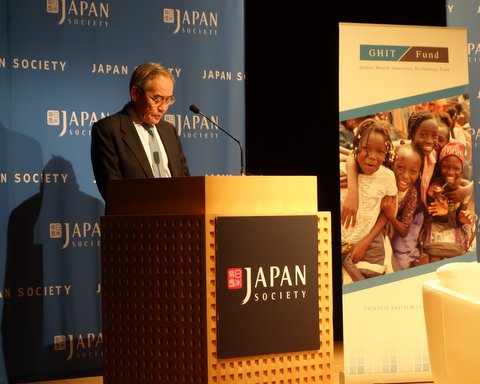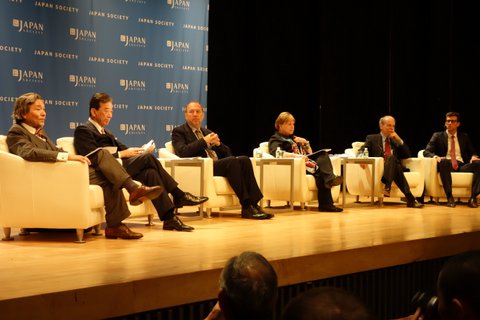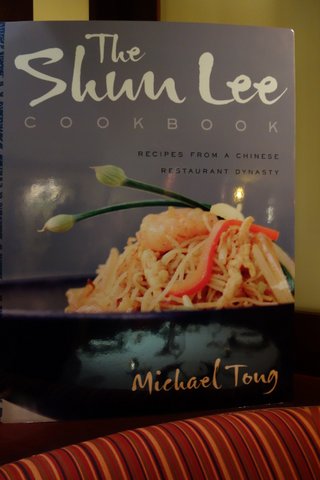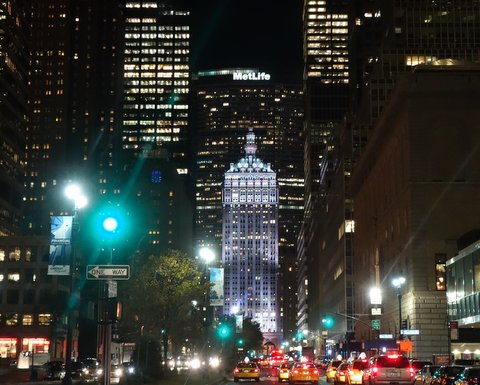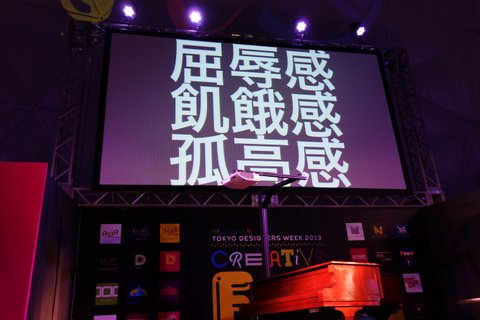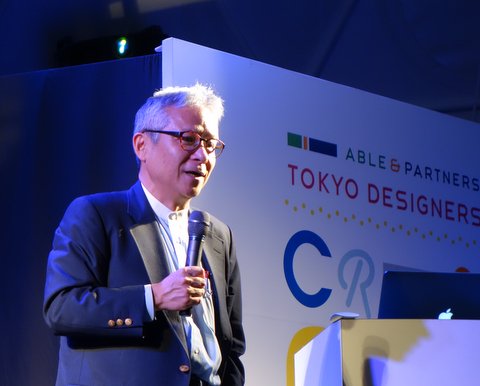→Japanese
The Etihad flight took off from Narita at night, taking me to Abu Dhabi. I was going to attend the Global Agenda Council (GAC) that was being hosted by the World Economic Forum (WEF).
It is already around my 6th year attending this council. Just like last time, I was staying at the magnificent Yas Viceroy Hotel. The council was to meet in a conference room adjacent to the venue of the recently held F1 races.
Until late in the evening, I was kept busy with my work, as I visited Khalifa Univesrity of Science, Technology and Research (KUSTAR) where I am currently a trustee. I mainly met with various people in relation to this post. As my work was starting to wind up, news came in that the plane due to leave Narita and fly in early the next morning with many of the delegates from Japan on it had suffered from mechanical failure and had been cancelled. I took the opportunity to have a relaxed meal with my local friends.
One of the co-chairs of the hosting side of this GAC was Nasser Al Sowaidi, the chairman of the Department of Economic Development who I had met earlier in March, and I exchanged some greetings with him.
On the second day, I was the chair for the Japan Council and I used the opportunity to hold talks with the China and Korea Councils, as well as the Council for ASEAN. On the third day, I was a panelist in a discussion where the panelists first discussed the topic in question, before the floor was divided up into groups and talked about the pros and cons, after which we had the Q&A sessions. It was a very enjoyable program.
The group which was delayed because of the cancelled flight reached a day later. Although they weren’t able to participate in the full program, they must have been tired. But they seemed fine as well.
Details about this delayed group can be found on Yoko Ishikura’s blog posts (1, 2, 3, 4, 5). As one may surmise from her entries, she is super-busy, yet she manages to find the energy and time to make entries in her blog. I am really awed by her passion.
At night, I met up with Ikuo Okamoto (Wikipedia page in Japanese) after a long time, and along with Jun Murai and Inakage of Keio University, we went to the Emirate Palace for dinner.
My stay in Abu Dhabi didn’t end there. The day after the GAC, I went to KUSTAR with Mr. Satoshi Sato, who had worked with me on the NAIIC. We gave a seminar on focused on the work on the NAIIC and the current affairs surrounding nuclear energy to an audience keen to know more, for UAE is currently building nuclear power plants. Many people in nuclear power-related organizations of UAE were in attendance, and the seminar was a lively one.
I would like to note that the Abu Dhabi government is pinning high hopes on KUSTAR. This I gathered from the plans I was told about after my talk. After dinner, I headed to the airport, from where I finally started on my way home. A long trip that started in New York finally coming to an end!


